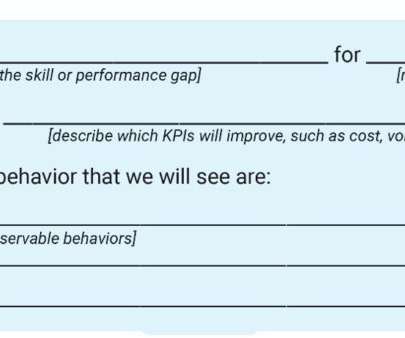Moving from Teacher to Facilitator | Social Learning Blog
Dashe & Thomson
JANUARY 25, 2011
Now the learner is responsible for helping create and shape the learning experience, and now they share the accountability as well. Tips for facilitating Here are a few tips you can use in a physical classroom, during synchronous online sessions, and even (with a little adaptation) with asynchronous applications: Begin by asking questions.

















Let's personalize your content